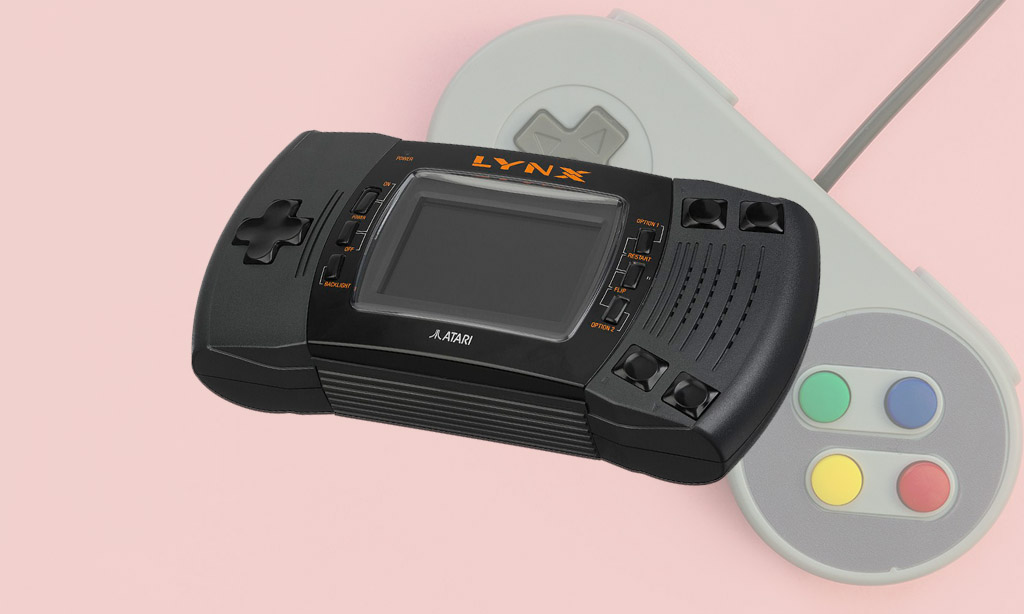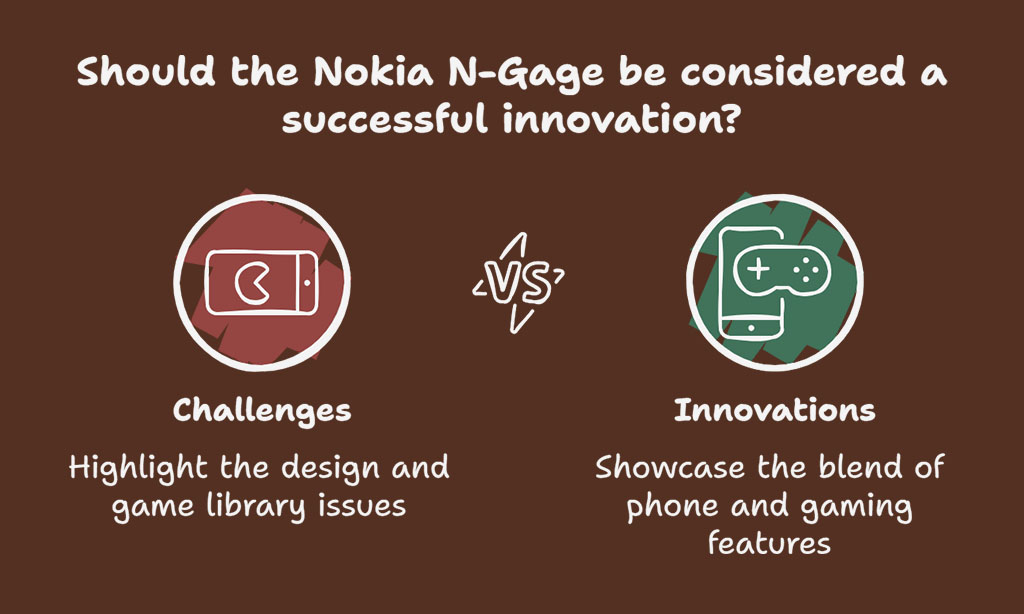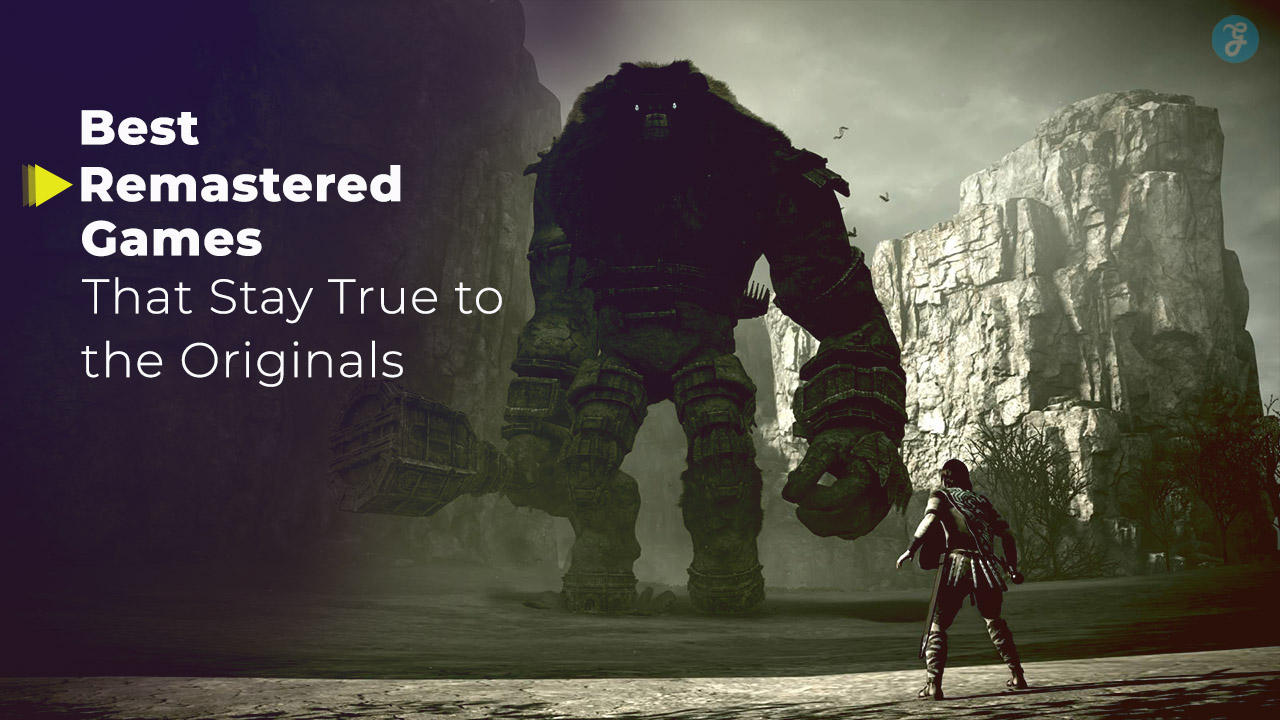Hey there, ever feel like you’ve missed out on some cool gaming history? You might love your PlayStation 4 or Nintendo Switch, but there are older video game consoles that got lost in time, even though they were super neat for their day.
Guess what? Way back in 1972, the Magnavox Odyssey kicked things off as the first home video game console ever. That’s right, it started the whole gaming craze at home, long before the Xbox One or Nintendo DS showed up.
Now, let’s chat about those hidden gems like the Sega Game Gear and Virtual Boy that tried bold ideas before anyone else. Stick with me to uncover seven forgotten consoles that were way ahead of their time.
Ready for this? Let’s go!
Key Takeaways
- Sega Game Gear, launched in 1990, had a backlit color screen, beating others in handheld gaming.
- Atari Lynx from 1989 was the first handheld with a color LCD, ahead of its time.
- Virtual Boy by Nintendo in 1995 tried 3D gaming early, despite poor sales.
- Dreamcast by Sega in 1998 offered online gaming with a built-in modem, a first for consoles.
- Neo Geo AES from 1990 cost $650 but brought arcade-quality games to homes.
Sega Game Gear: A Handheld Console With a Backlit Color Screen
Sega’s Game Gear hit the scene in 1990, ready to challenge the mighty Nintendo Game Boy. This handheld console brought something fresh, a backlit color screen that made games pop, even in dim light.
Imagine playing your favorite titles with vivid hues while others squinted at grayscale!
On top of that, it had cool extras like a TV tuner accessory to watch shows on the go. But, here’s the hitch, its short battery life drained fast, and the bulky design wasn’t easy to lug around.
Still, for a portable video game console, it was a bold step ahead in the handheld market, paving the way for future handhelds.
Atari Lynx: The First Handheld Console With a Color LCD
Atari Lynx hit the scene in 1989, and boy, did it shake things up. This handheld console was the first to flaunt a color LCD screen, way before others caught on. Imagine holding vibrant handheld games in your palms, long before the Game Boy Advance or Nintendo DS showed up.
That backlit display? Pure magic for its time, lighting up your gaming world on the go.
Sadly, the Atari Lynx struggled to keep pace with the Game Boy, even with its flashy features. Battery life was a real pain, draining fast compared to other handheld consoles. Still, this portable console carved a path for future gadgets like the Lynx II.
Talk about a pioneer in handheld gaming that deserved more love!
Virtual Boy: A Pioneering Attempt at 3D Gaming
Hey there, folks, let’s chat about the Virtual Boy, a wild idea from Nintendo back in 1995. This gaming console took a bold stab at virtual reality, way before it became a big deal.
With its stereoscopic displays, it aimed to pull you into a 3D world, something pretty mind-blowing for its time.
Sadly, this handheld console had some real drawbacks. It wasn’t easy to carry around, and playing for too long could make you feel downright woozy. Poor sales hit hard, and its lifespan was super short.
Still, you’ve got to admire Nintendo’s guts for trying to change the game with 3D graphics so early on!
Dreamcast: The First Console With Online Gaming Capabilities
Sega’s Dreamcast launched in 1998, and wow, did it make an impact. This home console was a genuine pioneer, featuring a built-in modem for online gaming well before it was common. Envision playing with friends worldwide, straight from your living room, long before Xbox Live or Google Stadia came into play.
That was a huge moment at the time, no doubt.
Imagine yourself exploring “Sonic Adventure” or becoming immersed in “Shenmue,” two exceptional titles for this system. The Dreamcast also introduced the innovative VMU, or Visual Memory Unit, a clever small gadget for saving your game progress.
Unfortunately, it was overshadowed by the dominant PlayStation 2. Even so, this console laid the groundwork for modern online gaming.
Neo Geo AES: Arcade-Level Performance at Home
Man, let’s chat about the Neo Geo AES, a real gem from 1990 brought to us by SNK. This beast delivered arcade-quality games right in your living room, no quarters needed. Think of it as having a full-blown arcade cabinet squeezed into a home console, with graphics and sound that blew minds back then.
Games like “King of Fighters” and “Samurai Showdown” looked and played just like their arcade twins, pulling you into epic battles.
Sadly, snagging one came with a hefty price tag of $650, making it a tough buy for many. Still, for those who could swing it, this Neo Geo console offered a slice of arcade magic at home.
It stood tall among other home video game consoles, setting a high bar with its raw power. Ever dream of owning an arcade setup? This was as close as it got in the early ’90s, hands down.
Nokia N-Gage: A Mobile Gaming Console Before Smartphones
Hey there, readers, let’s chat about a gadget that tried to mix two cool things way back in 2003. The Nokia N-Gage was a bold attempt to blend a mobile phone with a handheld gaming device.
Imagine having a phone and a console in one pocket, pretty neat for its time, right?
This little machine faced some big hurdles, though. Its odd design meant you had to pop out the game cartridge just to answer a call, talk about a hassle. Plus, the game library for this handheld console was super tiny, leaving players wanting more.
Still, the Nokia N-Gage paved the way for ideas we see in smartphones today, blending calls and games like never before.
Apple Pippin: A Multimedia Console That Bridged Gaming and Computing
Hey there, ever wondered about a gadget that tried to mix gaming with computer magic way back in the ‘90s? The Apple Pippin, a cool little device, aimed to blend video games and multimedia in a slick, shiny box!
Game. com: The First Handheld With Internet and a Touchscreen
Let’s talk about the Game.com, a handheld gaming device that hit the scene in 1997. Made by Tiger Electronics, this gadget was a big deal for its time. It brought something fresh with internet connectivity and a touchscreen interface.
Imagine surfing the web on a handheld video game console back then, way before smartphones took over!
Sadly, the Game.com faced some tough hurdles. Its game library was pretty small, so players didn’t have many choices. The screen quality was poor, making games hard to enjoy. Plus, the battery life was short, and not many folks showed interest.
Still, this forgotten console paved the way for ideas we see in modern handheld gaming devices like the Nintendo DS.
Takeaways
Hey there, folks! What a wild ride through the dusty shelves of gaming history, right? These seven forgotten consoles, like the Sega Dreamcast and Virtual Boy, were true trailblazers.
They dared to dream big, even if the world wasn’t quite ready for them. Drop a comment below, and tell me which of these hidden gems you’d love to play today!
FAQs
1. What makes the Virtual Boy stand out among forgotten video game consoles?
Man, the Virtual Boy by Nintendo was a wild ride with its red, 3D visuals, way before VR was even a buzzword. It flopped hard, but dang, it was ahead of the curve for handheld gaming.
2. Why did the Nokia N-Gage fail to catch on as a handheld console?
The Nokia N-Gage tried to mix phone and gaming, like a Swiss Army knife of tech, but it just didn’t click with fans of Game Boy Advance or Nintendo DS. Its odd design and clunky controls made it a tough sell. Plus, who wants to hold a taco-shaped device to their ear for calls?
3. How did the Apple Pippin aim to change the game for video game consoles?
The Apple Pippin was Apple’s stab at gaming in the mid-90s, dreaming of blending computers and arcade games. It had big ideas, like online gaming before Xbox Live was a thing, but it couldn’t compete with the original PlayStation or Nintendo 64.
4. What’s the deal with the Phillips CD-i among forgotten systems?
Oh boy, the Phillips CD-i was a hot mess, trying to be a jack-of-all-trades with interactive media before the Wii U or Xbox One. It had weird games, like those infamous Zelda titles, and just couldn’t keep up with Super Nintendo or Sega Master System.
5. Was the Neo-Geo AES really worth its crazy price tag back then?
The Neo-Geo AES, or Neo Geo Advanced Entertainment System, was like the Ferrari of consoles, insanely pricey but packed with arcade-perfect titles like Street Fighter II and The King of Fighters. It was a niche gem for hardcore fans of Neo-Geo arcade vibes. Man, if you had one, you were the coolest kid on the block!
6. Why should we remember the TurboGrafx-16 in the history of seventh generation of game consoles?
Hey, let’s chat about the TurboGrafx-16, also called PC Engine, which battled it out with SNES and Famicom/NES back in the day. It brought slick graphics and cool game cartridges before backwards compatibility was hip with Xbox 360. What a shame it got lost in the shuffle after the video game crash of 1983!








































